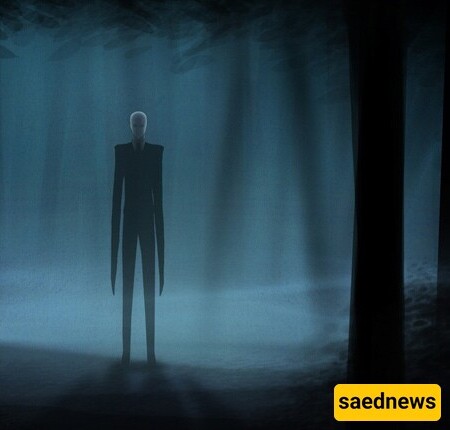SAEDNEWS: Myths are like treasured stories that get passed down from generation to generation. As you read these tales, you may notice that the details can change depending on who tells them. However, you can find these creatures and their stories in the "Avesta," the oldest Zoroastrian book, which includes many sections about Persian mythology.

According to SAEDNEWS, Just like the enchanting beings in "Harry Potter," these creatures have sparked the imagination of many for thousands of years. They are woven into the rich tapestry of Iranian culture, featuring majestic birds and fearsome beasts. Each creature has its own unique story, reflecting the dreams, fears, and beliefs of ancient Iranians.
Persian mythological creatures come from the rich cultural heritage of Iran, a place known for its beautiful poetry, art, and storytelling. These creatures range from kind and peaceful beings to dark and sorrowful figures. The world of these creatures is vast, and in this blog post, we’ll delve into the stories and backgrounds of some of these mythical beings to help you better understand their significance.

Most enchanting stories feature a phoenix, and Persian literature is no exception. The Qoqnoos, a rare and graceful bird, is celebrated for its stunning beauty and magical presence. Its melodious voice can silence other birds, and no creature can harm it. The Qoqnoos is said to live for a thousand years, but when its time comes, it gathers firewood, sits in the center, and sings a melancholic song. This majestic bird then creates a fire and rises from its ashes, reborn anew.

Older generations in Iran often share tales about the Manticore, a terrifying creature with a lion's body, a man's head, and a scorpion's tail. Known for its love of hunting, the Manticore lures its prey with a sweet lullaby before striking. Faster than any other creature, its tough skin makes it nearly invincible, leaving behind only a hint of its victim. Be cautious during cold winter nights, as this mythological beast is said to announce its presence with a low growl before making its deadly move.

When we think of dragons, we often picture loyal companions like those seen in popular media. However, in Persian mythology, Azhi Dahaka, also called Zahhak, symbolizes evil. This three-headed serpent represents the demon Ahriman, who stands in opposition to Ahura Mazda, the god of light. Zahhak was a cruel king who fed the brains of young men to the serpents on his shoulders. Ultimately, he was imprisoned in a mountain by the hero Fereydoon, awaiting his return.

The Huma bird represents beauty and grace, embodying both male and female qualities. This magical creature spreads joy wherever it flies and is said to bring good luck to those lucky enough to have it soar overhead. You can find Huma birds depicted in Persian art and architecture, especially at Persepolis, where they are believed to symbolize the hope for a prosperous kingdom.

Grandmothers in Iran often share warnings about the Al, an invisible creature that lurks in the shadows. This fearsome being, with long legs and red skin, is said to target women in labor and newborns, stealing their livers. To ward off this monster, it was believed that burying a placenta with iron could help protect against its dangerous grasp. The existence of Al can be seen as a way to explain the anxieties surrounding childbirth and infant mortality that people faced in the past.

Have you ever experienced waking up unable to move or speak? This eerie sensation is often attributed to Bakhtak, a heavy invisible creature that sits on your chest during sleep. It feeds off your fear until it eventually allows you to wake up. Similar to the English concept of a "night hag," Bakhtak is said to resemble a hairy man, slowly creeping up on its unsuspecting victims.

In southern Iran, it is believed that the wind carries spirits, and when these spirits enter a person, they can cause madness. Zaar, the evil spirit of the South, is known for possessing individuals and causing troubling illnesses. Only a skilled exorcist, either a Mama Zaar or Baba Zaar, can perform a special ceremony called Zaar Giri, which involves music and dance to drive away the spirit.
Now that you've journeyed through the world of Persian mythological creatures, you may notice similarities between these tales and stories from other cultures worldwide. Though some of these creatures may represent darker themes, their stories often instill hope. At their core, these myths remind us that we can endure challenges and find someone or something to help us through tough times. They highlight the power of storytelling, the ongoing battle between good and evil, and the hope we all share for a brighter future.
In exploring these timeless stories, we can appreciate the richness of Iranian culture and the universal themes that resonate throughout human history. So, as you settle in for a cozy winter evening, take some time to reflect on these fascinating creatures and the lessons they impart.

